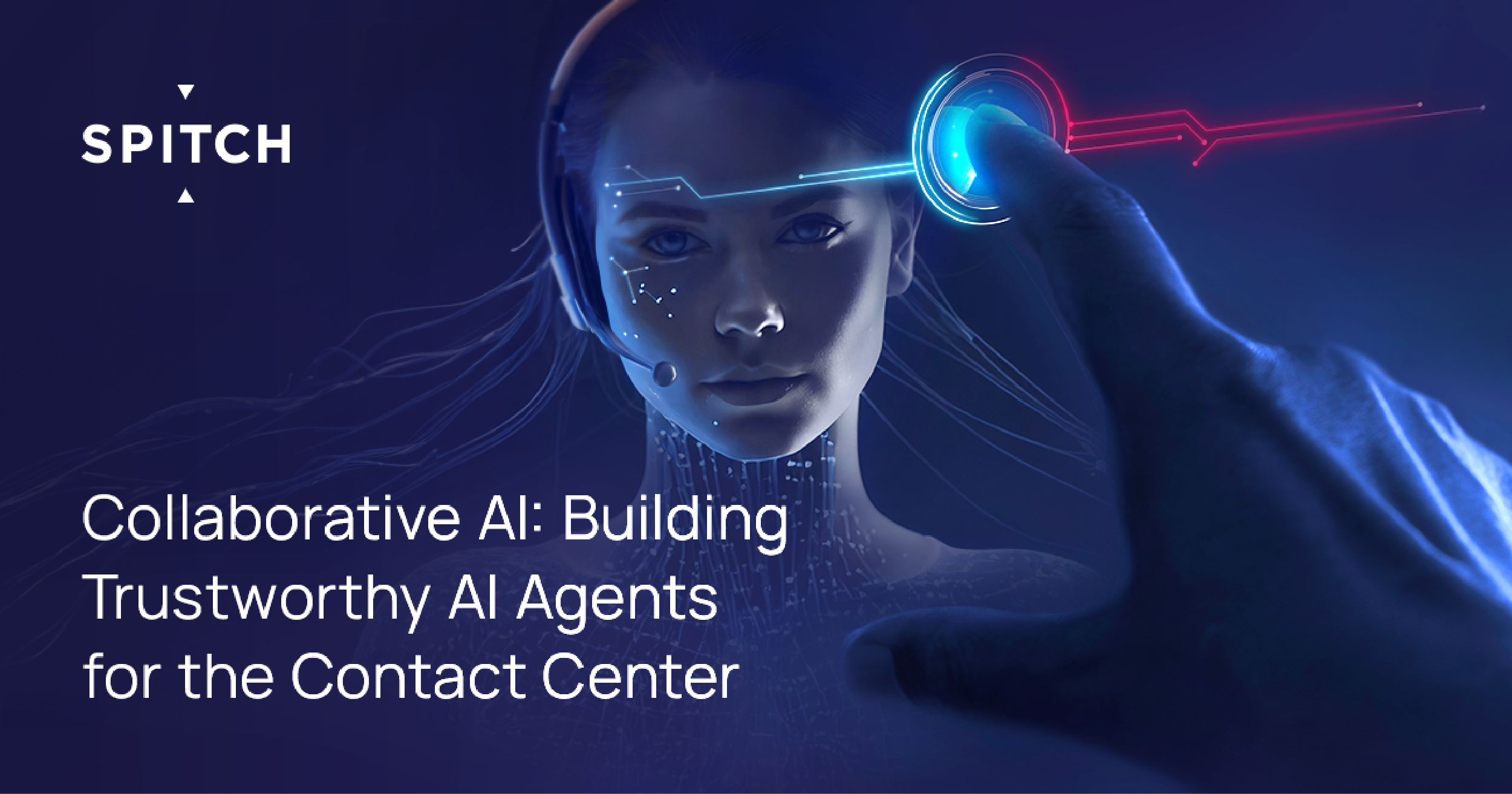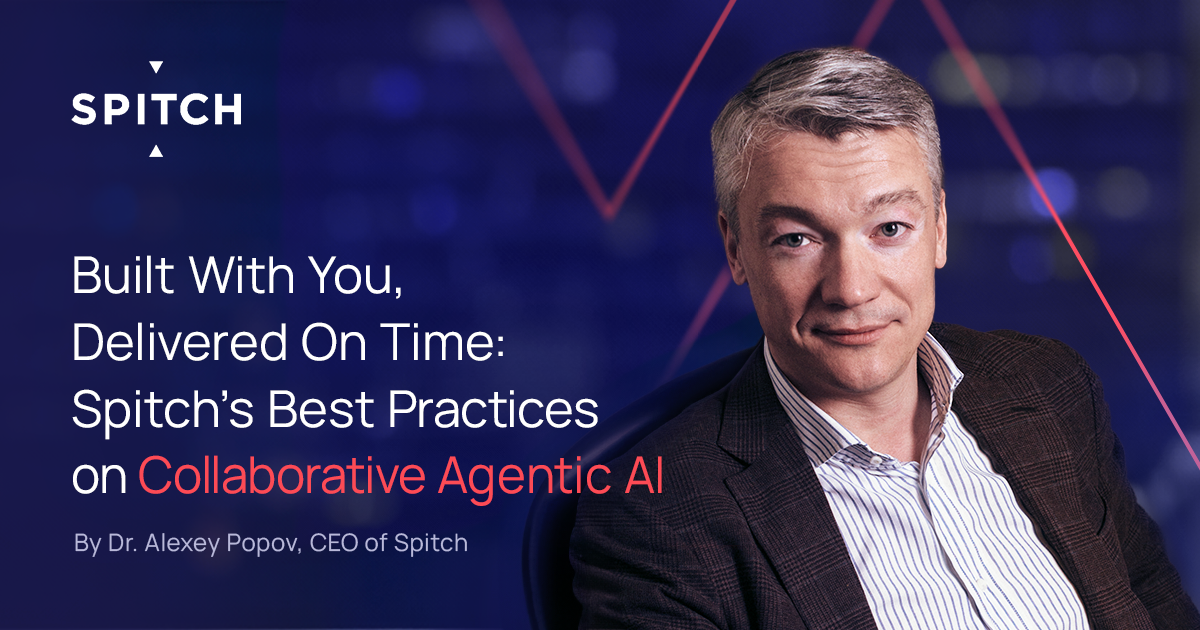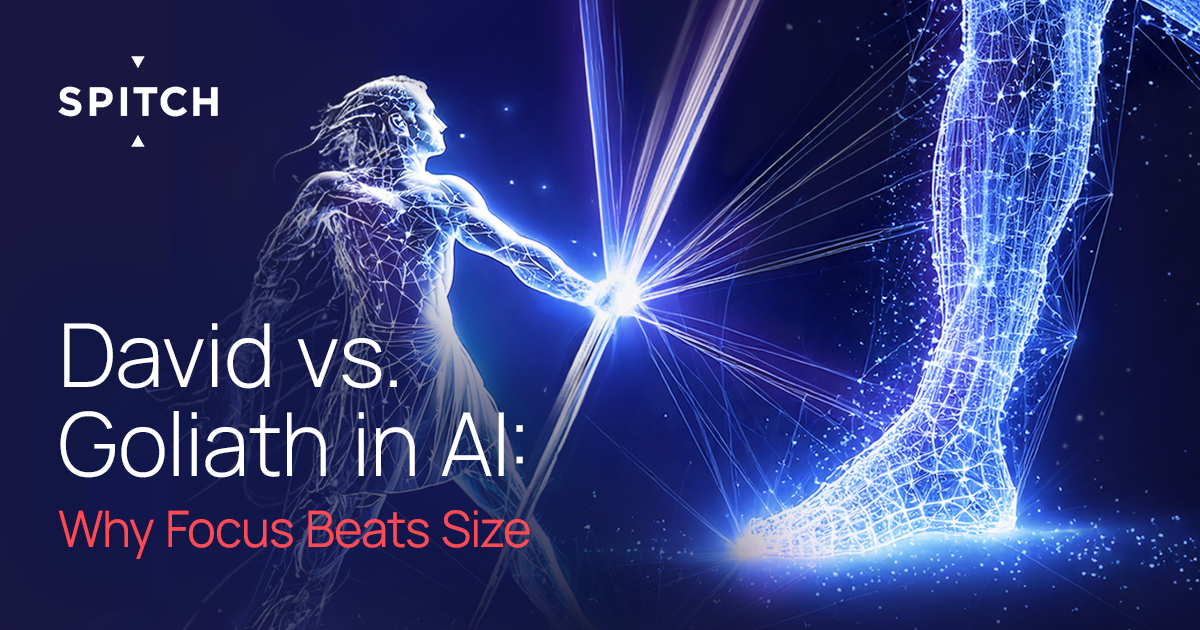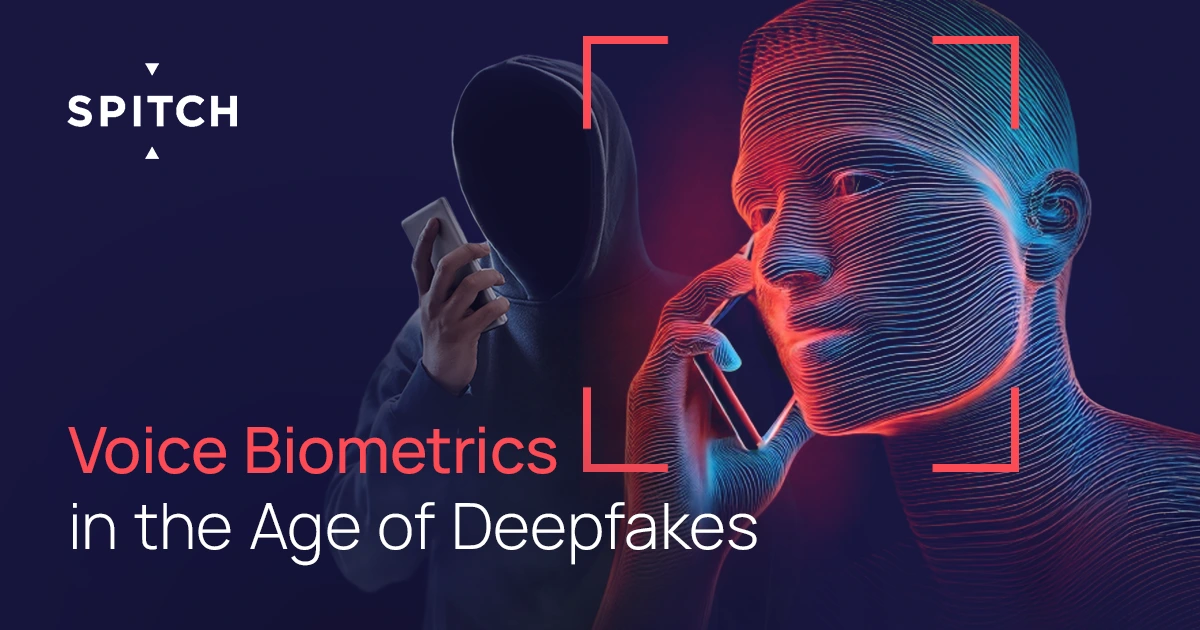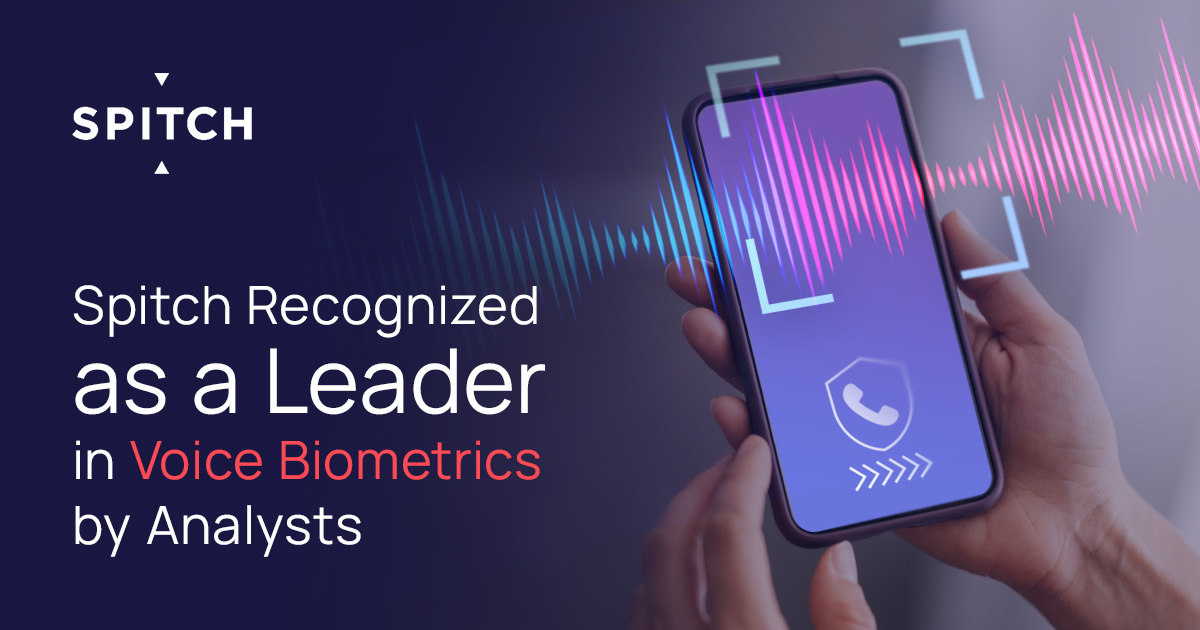Collaborative AI Agents: From Hype to Business Value
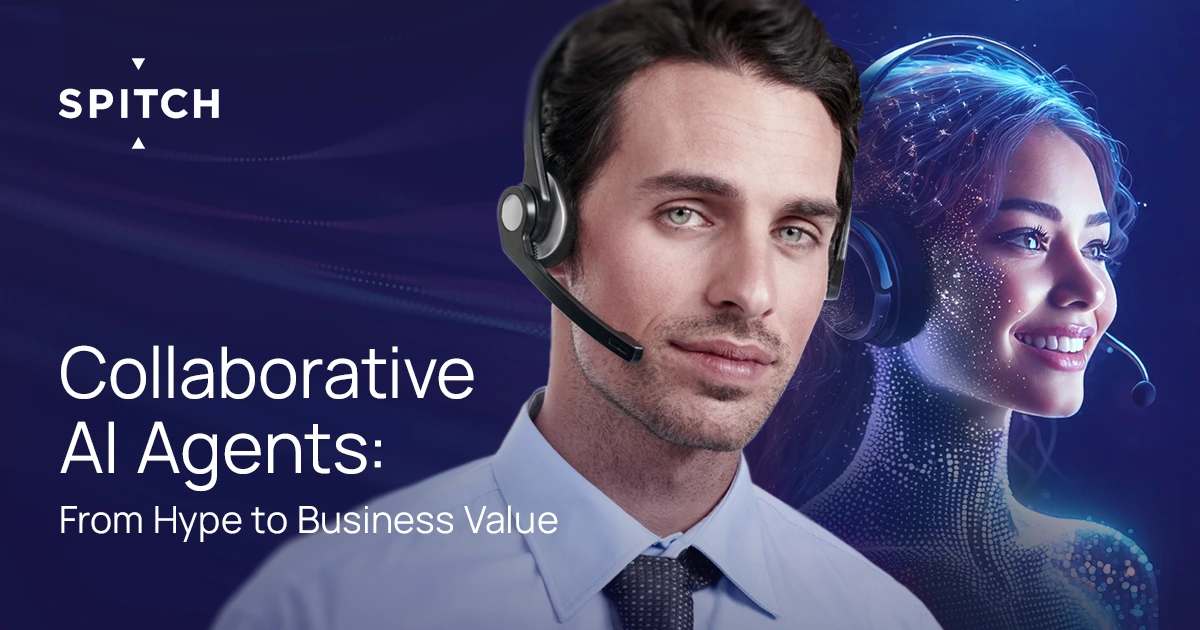
Every contact center leader today faces the same stubborn realities: customer expectations are rising, products and regulations are becoming more complex, and at the same time there is relentless pressure to reduce costs. Average handle times stretch as agents search for answers. Compliance risks increase as rules multiply. Stress levels climb, fueling attrition and eroding service quality. In recent years, many executives turned to artificial intelligence as a quick fix — some even reduced headcount dramatically, assuming bots could take over entire workloads. The outcome was disappointing: service quality fell, trust declined, and efficiency gains failed to materialize.
By 2027, 50% of organizations that expected to significantly reduce their customer service workforce will abandon these plans, according to Gartner, Inc. In another report – “Innovation Insight: Multiagent Systems (MAS)” – published in July 2025, Gartner analysts note that monolithic bots, designed to handle everything, struggle with real-world complexity.
Apparently, the future lies in collaborative ecosystems of specialized AI agents that work together like an orchestra, with humans in the loop to provide judgment, empathy, and oversight. This model is already reshaping how contact centers think about automation and workforce strategy.
Key Takeaways
- Contact centers cannot meet today’s demands with humans alone or with automation alone.
- Gartner research shows that multiagent systems — modular, collaborative, and respecting the human-in-the-loop principle — are the emerging design pattern for complex workflows.
- Collaboration across AI agents and human agents enables faster, smarter, and more human customer service.
Why Contact Centers Struggle Today
Rising expectations and mounting complexity have created a perfect storm. Customers want immediate answers and personalized support across every channel. At the same time, agents are burdened with increasingly complex products, growing compliance requirements, and tighter targets for handle time. The result is predictable: longer calls, more errors, greater fatigue, and high levels of staff turnover.
Why Automation-Only Strategies Fell Short
The first wave of AI adoption promised relief, but automation-only strategies often failed (about 85% of models/projects, according to some estimates), largely due to problems with data. Many organizations reduced staff, believing that bots could manage end-to-end interactions. Customers instead experienced rigid, scripted responses that could not adapt to exceptions or demonstrate empathy. According to Gartner “Innovation Insight: Multiagent Systems (MAS)” report, multiagent systems require human-in-the-loop oversight precisely to avoid such failures. Without people to validate, reassure, and adapt, automation becomes brittle and disconnected from what customers actually need.
The Collaborative Model: Multiagent Systems
The real opportunity lies in collaboration, not replacement. Gartner emphasizes that MAS succeed because they distribute tasks across specialized agents, each optimized for its role, and orchestrate them in ways that are more adaptable and resilient. Just as an orchestra relies on many musicians and a conductor, MAS bring together multiple AI agents with humans strategically guiding the overall performance (Gartner, Innovation Insight on Multiagent Systems, July 2025).
How Collaboration Works in Practice
Collaboration can be understood across three stages of the customer journey: before contact, during contact, and after contact.
- Before the interaction, AI agents can analyze past conversations, detect recurring issues, and generate optimized flows. Human supervisors then refine these flows to align with business priorities.
- During the interaction, AI agents retrieve data, automate routine steps, authenticate customers continuously, and provide compliance prompts. Human agents remain in control, focusing on empathy, reassurance, and complex decisions that require nuance.
After the interaction, AI agents generate transcripts, training scenarios, and improvement suggestions. Human supervisors review these outputs, add context, and decide how processes should evolve.
This graphic shows how different AI agents — from voice biometrics to virtual assistants, agent assist, and quality management — align across both the customer journey and the employee journey. Together, they create a cycle of continuous support and improvement.
Evidence That the Collaborative Model Delivers
Organizations adopting collaborative models are already seeing measurable outcomes. Flow creation can shrink from days to minutes or even seconds when AI agents generate and orchestrate processes. Operational efficiency rises as routine work is automated, while complex cases receive more focused human attention. Onboarding is faster when AI acts as a digital coach, guiding new staff through unfamiliar scenarios. Most importantly, customer satisfaction improves as speed and accuracy are combined with empathy and trust.
These results are consistent with Gartner’s observation that MAS improve adaptability, resilience, and accuracy by distributing tasks across multiple specialized agents while keeping humans strategically involved (Gartner, Innovation Insight on Multiagent Systems, July 2025).
How Leaders Can Get Started
For contact center leaders, the path forward is pragmatic. Begin with a pilot in which AI agents handle repetitive, low-risk tasks while humans remain firmly in control. Implement solutions that help human agents focus on high-value work—Agent Training, Knowledge Agent, Agent Assist, and Speech Analytics. Embed governance from the outset with transparent logging, robust compliance guardrails, and clear escalation protocols. Scale gradually, extending AI support before, during, and after customer interactions, while ensuring that human empathy remains central to the experience.
Conclusion: The Future Is Collaboration
The early narrative that “AI will replace people” has proven both unrealistic and damaging. As the above-mentioned Gartner report makes clear, the true future of AI in customer service lies in collaboration: modular, multiagent systems that combine machine precision with human empathy and oversight.
Organizations that embrace this model will not only deliver more efficient service but also create experiences that are more resilient, trustworthy, and human.
At the pinnacle of today’s innovation cycle, Spitch is leading this transformation. Our Collaborative Agentic AI solution embodies the principles Gartner identifies, helping organizations move beyond hype to real business value.
If you are interested in learning more about how collaboration between humans and AI can transform your customer service, please contact us to start the conversation. The future belongs to those who master collaboration — and now is the time to act.
